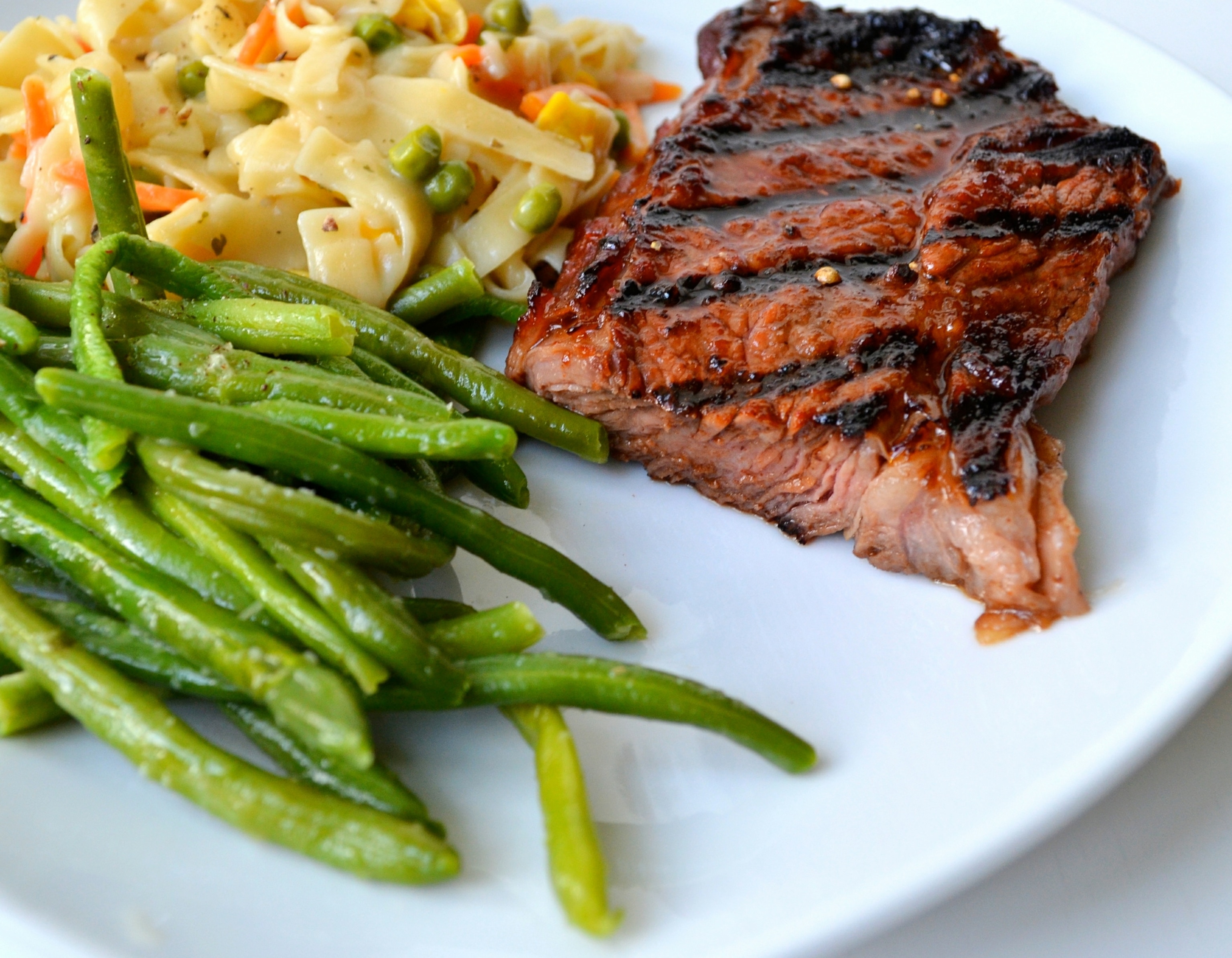By Erica Halvorson, The George Washington University
Every morning, I wake up, and just moments after my feet hit the floor, I’m reaching for a sports bra and tying my shoelaces. It’s time to go running.
Sometimes, I’m alone—in rhythm with only my breath and my thoughts. Other times, I’m with a friend, sharing stories and jokes as our strides fall in step with one another. In either case, this time is sacred. I’m a runner, and for me, there’s nothing better than a crisp morning, when the air is fresh, the sun is peaking over the horizon, and my legs are light.
But some days, when the smog is thick and my phone buzzes with an air quality warning, I know running outdoors will be unpleasant—and unsafe. When this happens, I worry that we’ll reach the point of no return—a day pollution holds us hostage not once or twice a summer, but every day of the year.
That doesn’t have to be the case.
Most of us would love to cut our carbon footprint in half—I know I would—but it just isn’t convenient. We want to drive in cars, fly in planes, and eat exotic fruits that only grow on the other side of the world. I’m lucky enough to live in a city with great public transportation and a wealth of eco-friendly ride-sharing options. But many Americans don’t have these choices.
Census data shows that, in all but seven states, three-quarters of Americans drive to work alone. I don’t know anyone who loves their commute, but commuting is a necessary evil. We could demand an increase in public transportation options, but that takes a lot of time, money, and government intervention.
So, if we can’t take millions of cars off the road, what can we do right now, on an individual level, to keep our air clean, and reduce our carbon footprint?
Well, everybody eats.
We eat to celebrate. We eat to nurture. We eat to survive.
Watch: According to the United Nations, eating insects could be one way to sustain high-protein diets and reduce carbon pollution.
We also eat selectively. It seems like everyone has a dietary restriction these days. Planning a dinner party with my friends is a unique challenge, and more often than not it results in a sort of potluck of new dietary options. I’ve tried a friend’s gluten-free chickpea blondies. They’ve tried my tofu arrabiata sauce. Most of these dietary choices were made for personal, health-related reasons, but what I’ve learned recently is that the food we eat doesn’t just impact us; it impacts the planet. Big time.
Just this summer, a group of researchers in the UK published a study comparing the carbon footprints associated with different diets: meat-eaters, fish-eaters, vegetarians, and vegans. Turns out, eliminating meat from your diet can reduce your carbon emissions by half. A vegan diet was associated with the least amount of greenhouse gas emissions—99 percent to 102 percent less than meat-eaters—but even switching from meat and poultry to fish can slash your dietary emissions by 50 percent.
RELATED: “Is America’s appetite for meat bad for the planet?”
Before learning about this study, I never thought about how my pescatarian diet impacted anyone but myself (and my dates when they suggested going out for barbecue or a steak dinner— awkward). I always figured that what I put into my body was a personal decision, but it’s a public concern.
Luckily, it’s getting easier to find healthy and delicious meatless options. Whole Foods, as well as schools across the nation, participate in Meatless Monday. Once-hated vegetables, such as brussels sprouts, are making a comeback at dinner tables and on trendy restaurant menus. Celebrity Chef José Andrés is even opening a veggie-centric fast casual joint in Washington, D.C. next year. On the Internet, countless blogs and message boards create an online community and endless ideas for meatless fare.
Every night, after washing my face and penning a quick journal entry, I climb in bed. I lay there for a moment, reflecting on the day, and, most likely, already thinking about my next meatless meal. And as I close my eyes, I hope for a crisp morning with fresh air, the sun peaking over the horizon, a lightness in my legs. As I drift into a slumber, I get excited for the next day’s run.
To learn more about diets around the world, see the National Geographic interactive on consumption patterns.
This story is from our Planet Forward Campus Voices program—an opportunity for students to celebrate and explore our complex relationship with what we eat and where our food comes from.






